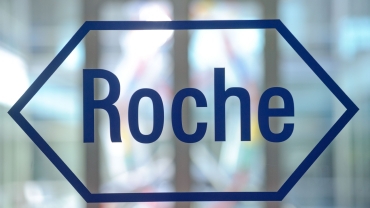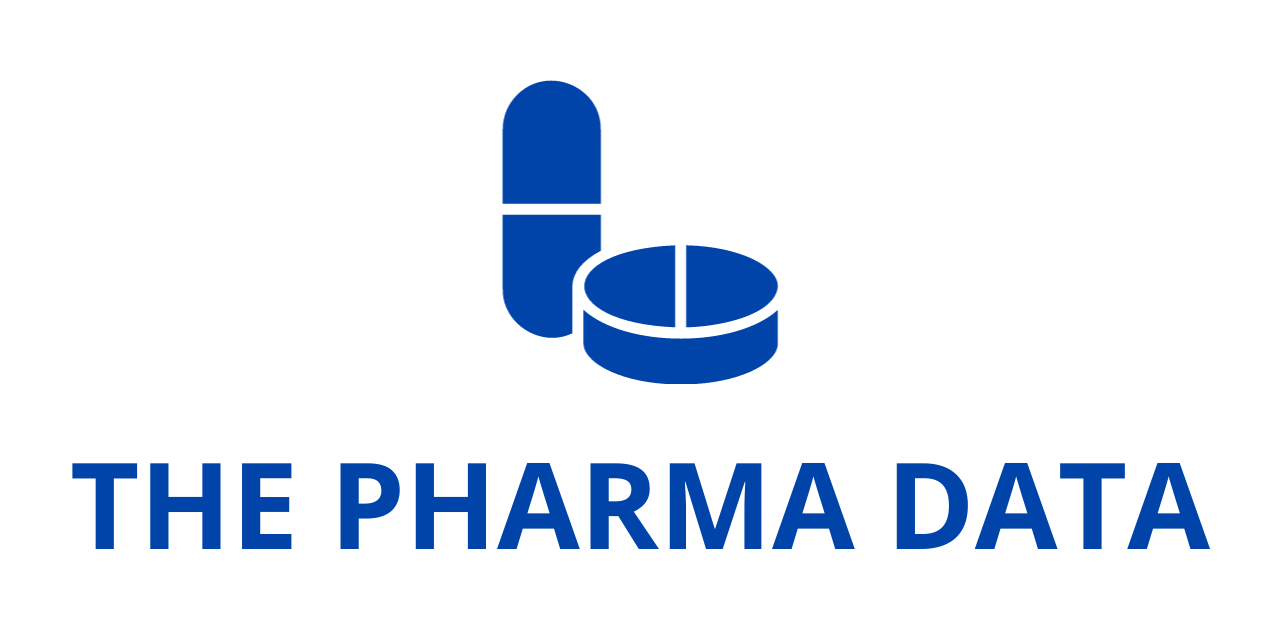
Roche Unveils Promising Phase III Data for Vamikibart in Uveitic Macular Edema (UME), Highlighting Potential as First-in-Class Non-Steroidal Treatment Option
Roche (SIX: RO, ROG; OTCQX: RHHBY) has announced pivotal Phase III results from two large-scale clinical studies — MEERKAT and SANDCAT — evaluating the investigational therapy vamikibart in patients with uveitic macular edema (UME), a serious cause of vision loss resulting from uveitis.
These studies assessed the efficacy and safety of two intravitreal (IVT) doses of vamikibart (0.25 mg and 1 mg) compared with a sham procedure that mimics IVT injections. The new data were presented at the American Academy of Ophthalmology (AAO) 2025 Annual Meeting in Orlando, Florida, underscoring Roche’s ongoing leadership in ophthalmic innovation.
Addressing an Unmet Need in Uveitic Macular Edema
UME is a condition characterized by the accumulation of fluid in the macula — the central region of the retina responsible for sharp, detailed vision. It occurs as a result of uveitis, an inflammatory disease of the eye that can lead to irreversible vision loss if untreated.
Current standard therapies primarily rely on steroids, which, while effective, often carry significant risks, including elevated intraocular pressure (IOP), glaucoma, and cataract formation. There remains a pressing need for safe, effective, non-steroidal alternatives that can provide lasting vision improvement with fewer ocular side effects.
According to Dr. Levi Garraway, Roche’s Chief Medical Officer and Head of Global Product Development, the findings from these Phase III trials mark “an important step towards addressing a clear unmet medical need.” He added, “UME is a major cause of vision loss and blindness among working-age adults.
The totality of the data from our pivotal vamikibart studies highlights the potential of this molecule to become the first-in-class treatment for UME, and we look forward to engaging with regulatory authorities on the path forward.”
Study Overview: MEERKAT and SANDCAT
The MEERKAT (n=245) and SANDCAT (n=256) studies were global, randomized, double-masked, sham-controlled Phase III trials designed to evaluate the efficacy, safety, and tolerability of intravitreal vamikibart administered at doses of 0.25 mg and 1 mg. Participants were individuals diagnosed with UME, a complication of uveitis leading to macular swelling and decreased visual acuity.
Both studies investigated two key clinical endpoints:
- Primary Endpoint: The proportion of patients achieving a ≥15-letter gain from baseline in best corrected visual acuity (BCVA) at week 16.
- Secondary Endpoints: The mean change from baseline in BCVA and central subfield thickness (CST) — an objective measure of retinal swelling due to fluid accumulation.
Key Findings: Clinically Meaningful Improvements in Vision and Macular Thickness
Results across both trials demonstrated that vamikibart led to rapid and sustained improvements in visual acuity and macular thickness, with a favorable safety profile.
In MEERKAT, the trial met its primary endpoint, showing statistically significant superiority over sham treatment for both vamikibart doses. In contrast, while SANDCAT did not meet its primary endpoint, it showed strong trends of improvement across all key secondary measures, suggesting a consistent therapeutic benefit.
Efficacy Results
| Study | Dose | Primary Endpoint (≥15-letter gain in BCVA at week 16) | BCVA Change (Letters) | CST Change (µm) |
|---|---|---|---|---|
| MEERKAT (n=245) | 0.25 mg | +19.9% vs sham (P=0.0008) | +9.6 (P=0.0002) | −187.5 (P<0.0001) |
| 1 mg | +36.9% vs sham (P<0.0001) | +12.8 (P<0.0001) | −196.1 (P<0.0001) | |
| SANDCAT (n=256) | 0.25 mg | +20.7% vs sham (P=NS*) | +11.9 (P=NS) | −209.7 (P=NS) |
| 1 mg | +10.9% vs sham (P=0.0699) | +9.2 (P=NS) | −194.7 (P=NS) |
NS = Nominally significant
In MEERKAT, both vamikibart doses demonstrated substantial gains in BCVA and significant reductions in CST, confirming the drug’s robust efficacy in improving both functional and anatomical outcomes. In SANDCAT, although the primary endpoint did not achieve statistical significance, secondary endpoints reflected meaningful clinical improvements consistent with MEERKAT’s findings.
Dr. Eric Suhler, Professor of Ophthalmology at the Casey Eye Institute, Oregon Health & Science University, and a lead investigator in the studies, emphasized the potential implications:
UME is most commonly treated with steroids that can lead to serious ocular complications like glaucoma and cataracts. These data — seen across multiple endpoints in both Phase III studies — suggest that vamikibart could represent a clinically meaningful, non-steroidal, locally injectable treatment option for patients with UME.
Safety and Tolerability: Low Incidence of Ocular Adverse Events

Across both studies, vamikibart was generally well tolerated. There were no reports of retinal occlusive vasculitis, and the incidence of intraocular inflammation (IOI) was low and comparable across treatment groups. Treatment-related ocular adverse events (AEs) occurred infrequently, affecting between 1.3% and 4.7% of patients receiving vamikibart.
The most commonly reported AEs (≥5%) included conjunctival hemorrhage and increased intraocular pressure, both of which were manageable and transient. Importantly, no new safety signals were identified, reinforcing the strong tolerability profile of vamikibart.
| Study | Treatment-Related Ocular AEs | Intraocular Inflammation (IOI) |
|---|---|---|
| MEERKAT 0.25 mg | 4.1% | 4.1% |
| MEERKAT 1 mg | 1.3% | 1.3% |
| SANDCAT 0.25 mg | 4.7% | 3.5% |
| SANDCAT 1 mg | 3.5% | 1.2% |
The safety data underscore vamikibart’s potential as a viable long-term treatment for patients requiring chronic control of inflammation and macular swelling.
Understanding Variability in Outcomes
Roche noted that the variability in BCVA as an endpoint, along with differences in baseline disease characteristics and concomitant medications, may have influenced the differences observed in the primary outcomes between MEERKAT and SANDCAT. The company is conducting further analyses to explore these factors and refine its understanding of vamikibart’s clinical profile across diverse patient subgroups.
A Potential New Class of Therapy in Ophthalmology
If approved, vamikibart could become the first non-steroidal intravitreal treatment for UME, offering a new therapeutic pathway distinct from existing corticosteroid-based approaches. This innovation could address a significant gap in ophthalmology — the need for effective, inflammation-targeting therapies without the safety trade-offs commonly seen with steroids.
The dual presentation of efficacy and safety data from MEERKAT and SANDCAT strengthens Roche’s position as a pioneer in retinal disease research, building on its legacy of developing transformative biologics and targeted therapies in ophthalmology.
With these pivotal results, Roche intends to engage global regulatory agencies to discuss the next steps toward potential approval of vamikibart for the treatment of uveitic macular edema. The company’s continued investment in ophthalmic innovation — following its successes with molecules such as faricimab (Vabysmo) and port delivery systems — reflects its long-term vision to advance precision eye care and preserve vision worldwide.
As the ophthalmic community awaits the regulatory trajectory of vamikibart, the findings from MEERKAT and SANDCAT mark a significant milestone in the evolution of UME treatment — offering new hope to patients facing one of the most challenging causes of vision loss. This advancement aligns closely with Roche’s long-term strategic vision to transform ophthalmology through innovation in biologics, molecular targeting, and sustained drug delivery technologies.
Over the past decade, Roche has emerged as a global leader in retinal care, pioneering breakthrough therapies such as faricimab (Vabysmo) — the first bispecific antibody designed for eye diseases — and developing novel port delivery systems (PDS) to extend dosing intervals and improve treatment adherence for chronic conditions like age-related macular degeneration (AMD) and diabetic macular edema (DME).
By expanding its ophthalmology pipeline with vamikibart, Roche is reinforcing its commitment to precision medicine in vision science — addressing diseases that have long lacked non-steroidal solutions. The company’s comprehensive approach integrates cutting-edge biologics, advanced imaging, and personalized treatment regimens to improve long-term patient outcomes.
If vamikibart progresses successfully through regulatory review and commercialization, it could serve as a cornerstone therapy in inflammatory retinal disease, complementing Roche’s existing ophthalmic portfolio and providing a much-needed alternative to steroid-based treatments.
The development of this first-in-class molecule underscores Roche’s broader mission to advance eye health globally, prevent vision loss, and improve quality of life for millions of patients affected by debilitating retinal disorders.





